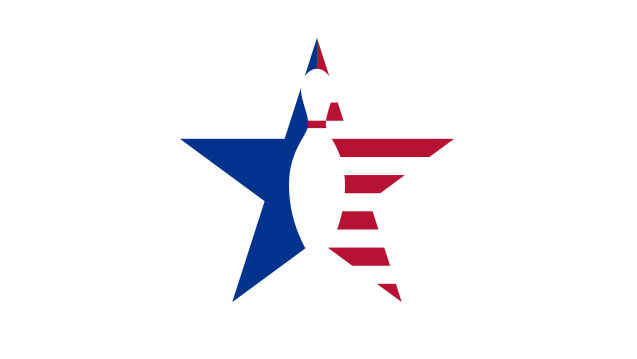Storm Super Natural

42.5 Hook 17 Length 13.5 Breakpoint Shape
Manufacturer’s Intent: “The original Natural and Natural Pearl provided maximum control on the backend without sacrificing hitting power,” says Matt Martin. “The intent of the new Super Natural is to create a moderately stronger back-end motion than the original Naturals, without the oil and dry-lane sensitivity found with many reactive covers. We created a ‘super urethane,’ so to speak, to give us control and predictability with a touch of the aggression on the backend found in our Reactor and R2S coverstocks. This new material, U3S, is Storm’s third generation of urethane and unique in formulation.”
Core Design: Powering this new edition in Storm’s “Hot” lineup is the venerable Turbine core found in the Tropical Heat series and Natural Pearl urethane. This symmetric core has an RG of 2.55 with a .038 differential. An average rev-rate player can expect nearly 4 inches of track flare from this core with standard label drillings.
Coverstock: The Super Natural’s pearlized cover is a new performance formula called U3S urethane. The uniqueness is the formulation mix, which blends urethane with reactive elements. We found the reaction off friction to be somewhat slow, and oil traction was minimal. The Ra measurement of this 1500-grit polished ball is 1.47, and the effective surface grit measures 5475.
Test Results: When comparing the Super Natural to a like-drilled pearl Natural, we saw an average of 1 to 1.5 feet of added length and one to two boards of added back-end hooking action from our 300 rev-rate tester. The slightly increased entry angle helped kick out some 10-pins that the pearl Natural often would not. When in the hands of our 450 rev-rate tester, the length was similar but the back-end motion was two to four boards stronger. This ball is a step down from the Storm Breeze off friction, with a more urethane-like motion through the pin deck.
When to Use: On light to light-medium oil volumes, due to the conservative nature of the cover formula. We’d definitely categorize this as a core-dominant ball because the tame cover will not overreact to friction areas, as many reactive covers do. Rev-dominant or speed-challenged players may find many more uses and should apply their favorite aggressive layout to this unique piece.





